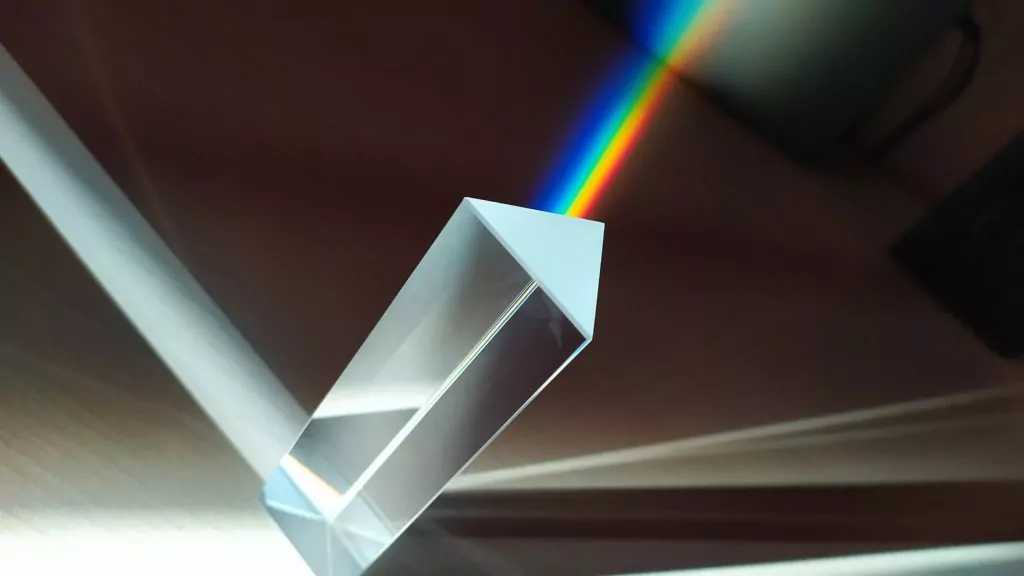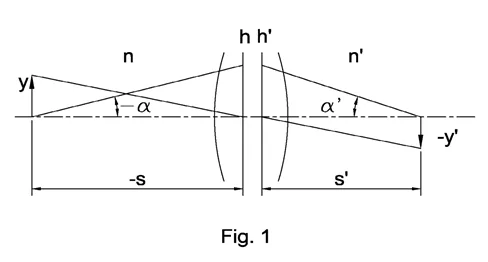Mastering Relay Lens Design: Enhancing Optical Systems | OFH

Introduction Optical relays, an integral component of various optical systems, play a crucial role when the user’s proximity to the observed object is limited or when specific image transformations are required. A prevalent example of this is found in relay lenses, often employed in scenarios where physical closeness to the object is impractical, as seen […]
Top Types of Optical Prisms

Introduction One of the most common images for any that has study optics is that of Sir Isaac Newton with a beam of white light going through a glass prism and a rainbow coming out on the other side. It is one of the most famous optical experiments, not only for its simplicity, but also […]
Understanding the optics behind a PAPI light

In a previous article we talked about Aviation Light Optics. and discussed a runway light system called Precision Approach Path Indicator (PAPI). Now we would like to go more in detail into PAPI design and describe their design requirements. The PAPI system is a set of four light sources that help the pilots correct the […]
Mastering Optical Invariants: Key Principles in Optical System Design

Introduction Optical invariants serve as invaluable mathematical representations encapsulating various optical parameters within an optical system. Despite the dynamic nature of optical components, these invariants remain constant, providing a stable foundation amidst fluctuating parameters. This consistency enables engineers and designers to navigate the complexities of optical systems with greater efficiency and accuracy. During the design […]
An Overview of Wide-Angle Lens Projections

There are two primary methods of image formation in lens design. 1. Perspective projection (F-Tan Theta lenses also called Rectilinear or Orthoscopic). 2. Equidistant projection (F-Theta lenses also called Equiangular) The Perspective projection method is most often used during the design of lenses with field of view in the 40-60 degree range. This formation method […]